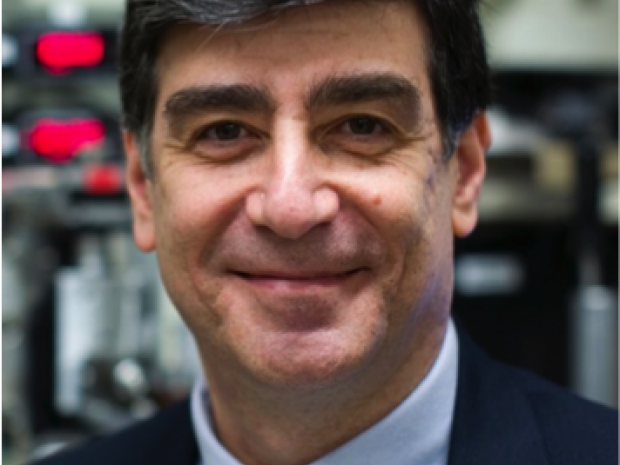Growth Mechanics, Damage Mechanics and Viscoelasticity Using Reactive Mixtures

Mechanical and Aerospace Engineering Department Seminar Series
Gerard Ateshian, Ph.D.
Andrew Walz Professor of Mechanical Engineering
Professor of Biomedical Engineering
Coumbia University
Articular cartilage is the bearing material of diarthrodial joints. It supports contact stresses of up to 12 MPa while exhibiting a friction coefficient as low as 0.002. Cartilage degeneration is a hallmark of osteoarthritis, a debilitating degenerative joint disease that afflicts 30 million Americans. As there is no cure for osteoarthritis, significant focus has been placed on repair strategies such as tissue engineering. Though much progress has been made from empirical approaches in the field of cartilage tissue engineering, we believe that culture conditions that help reproduce functional properties in cartilage constructs may be optimized using suitable theories of growth mechanics. There are two competing theoretical frameworks in growth mechanics today, one which is based on the evolution of mass content and the other on the evolution of shape. In this presentation, I will discuss how these two growth frameworks differ with regard to the concept of observable versus hidden variables, and how this difference is manifested in other continuum theories relevant to biological tissue mechanics, including damage mechanics and viscoelasticity.
Biosketch
Gerard Ateshian is the Andrew Walz Professor of Mechanical Engineering, and Professor of Biomedical Engineering at Columbia University. He received his PhD in Mechanical Engineering from Columbia in 1991. He has previously served as Vice-Chair of the Department of Biomedical Engineering, and Chair of the Department of Mechanical Engineering. He is the recipient of the Great Teacher Award from the Society of Columbia Graduates, and the Columbia Engineering Alumni Association Distinguished Faculty Teaching Award. His primary research is in the field of soft tissue mechanics, with an emphasis on cartilage mechanics, lubrication, and tissue engineering, and the formulation of growth theories for biological tissues. He has been active with the Bioengineering Division of ASME and also served on the Executive Committee of the BMES.


